Temperatures in Israel are skyrocketing this summer, with tourists and locals alike vying for a spot on the beach to enhance their tan, and perfect their matkot (Israeli paddle ball) game.
But there’s only so much oppressive heat to tolerate. Thankfully, taking in the beauty indoors – with the air conditioning on full blast – is a very viable option.
Israel’s museums – more than 200 of them – offer the best in Israeli culture including in the arts, music, history, and religion, with a new crop of exhibitions every few months.
NoCamels takes a peek at some of the most unique and interesting exhibits this summer.
The Conversation Show at Design Museum Holon
The Conversation Show, an exhibition curated by Maria Cristina Didaro, is a set of five commissioned installations that explore how leading designers work together in a duo or group. A number of internationally acclaimed design studios have been invited to showcase their work, displaying how they document the creative process across various site-specific mediums like space, objects, and interactive work.
The design firms chosen for the project include the Amsterdam-based
cooperative BCXSY (Boaz Cohen and Sayaka Yamamoto); Vienna-based studio mischer’traxler (Katharina Mischer and Thomas Traxler); Jaffa-based studio Reddish (Naama Steinbock and Idan Friedman); New York-based multidisciplinary practice Snarkitecture (Daniel Arsham, Alex Mustonen and Benjamin Porto) and Venice-based studio Zaven (Enrica Cavarzan and Marco Zavagno).
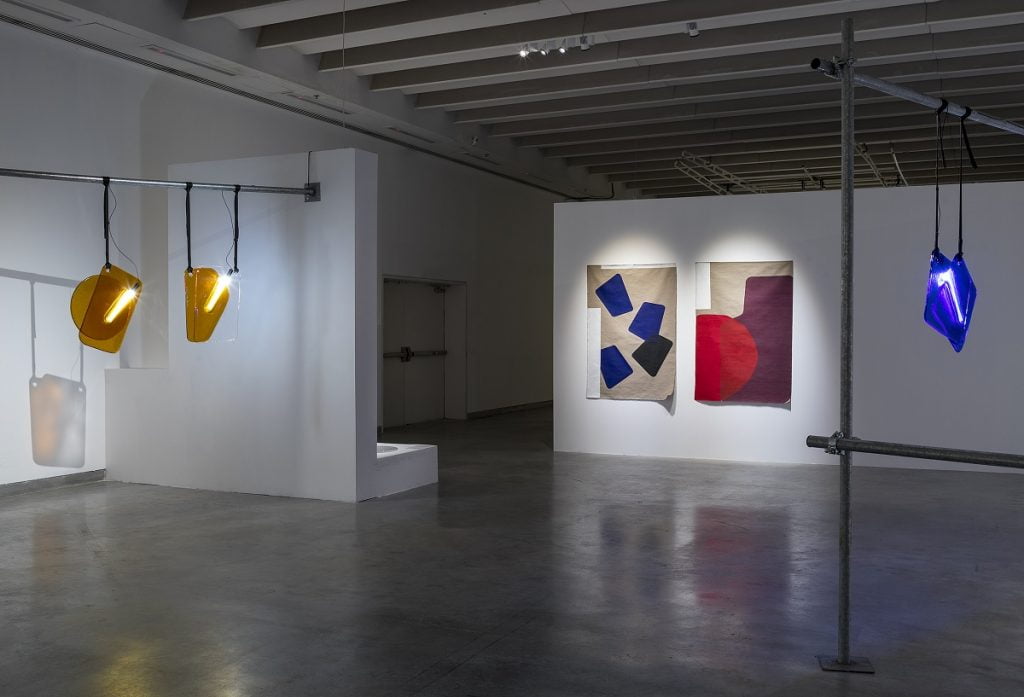
Although each exhibit is applauded for its approach, stand-outs among the pack include Snarkitecture’s installation, which uses mirrors originally designed for Italian seat and furniture manufacturer Gufram. It makes viewers feel as if they are entering a porthole into another dimension. The Hall of Broken Mirrors is in the Lower Gallery of the museum.
Also, the duo from BCXSY uses its piece to explore the idea of balance as a starting point for a creative process and comes up with Reciprocal Syntax, a visual project that comes to life only when two participants work together.
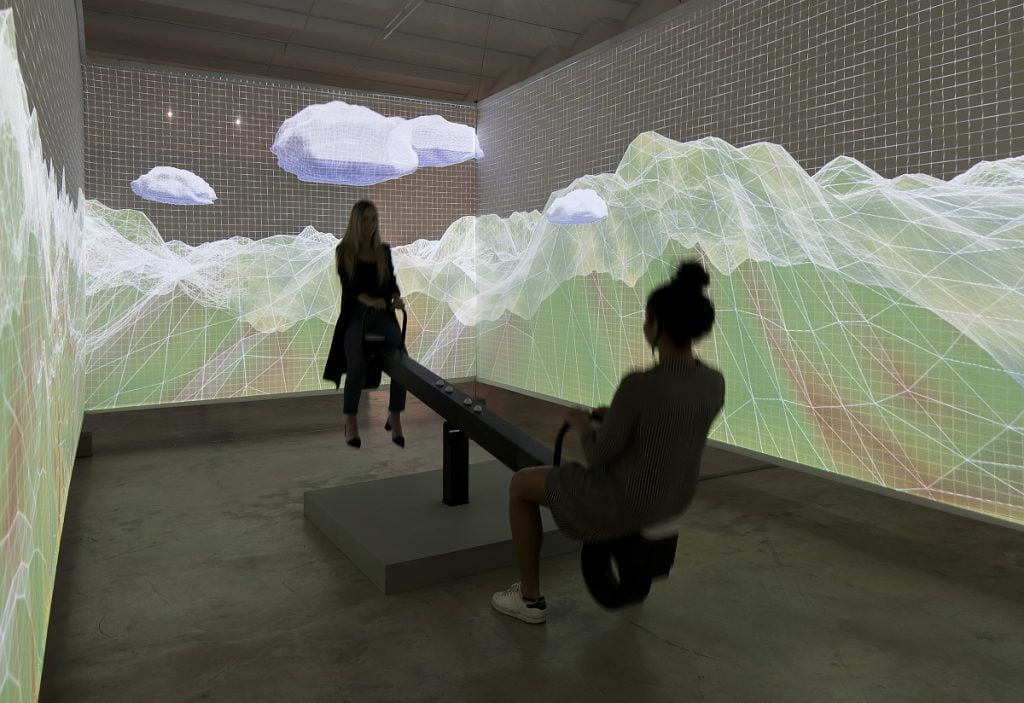
“‘The Conversation Show’ represents a peculiar approach to design, focusing on the centrality of people and the way they interact with each other. It aims to analyze and portray the shared and peculiar methodologies of working together on a new task, confirming design as a drive of communication exchange, “says Didero, “But here we gave designers also another task: to envision a way to show and pass to the audience their personal way of interaction while creating.”
The Conversation Show, Design Museum Holon, May 28 – October 26, 2019
Peter and Pan: From Ancient Greece To Neverland at The Israel Museum, Jerusalem
The Israel Museum in Jerusalem doesn’t shy away from finding a connection in the unexpected — think Israeli astronaut Ilan Ramon’s diary and the Enoch Scroll — so it’s no surprise that one of its newest displays opening this month is an exhibition tracing “the metamorphosis of the Greco-Roman nature god Pan into the fictional Peter character created by Scottish author James Matthew Barrie in 1902.”
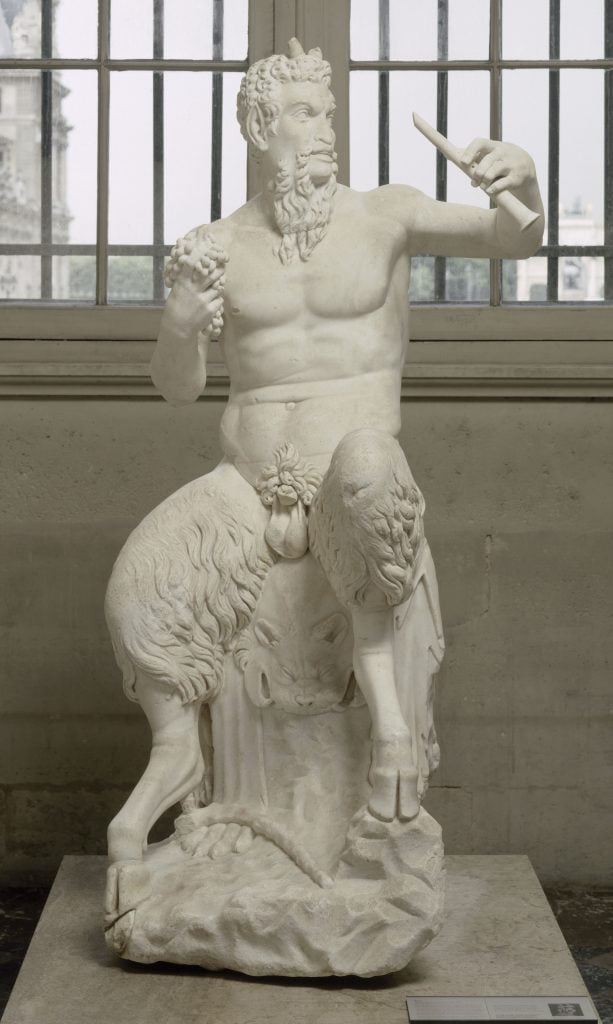
The exhibition, curated by Rachel Caine Kreinin with the help of assistant curator Morag Wilhelm, seeks to dive into the evolution of Pan to Peter Pan through ancient statues, reliefs, and frescoes, as well as early editions of Peter Pan books and original book illustrations. There will also be films, books on faeries, botanical illustrations, landscapes, and original sketches by animators of Walt Disney productions.
In Greek mythology, Pan is the god of the wild, of nature, shepherds and flocks, and impromptus. Peter Pan symbolizes youth, innocence and escape, qualities that were likely taken after Pan. The Pan motif appeared in literature in the 19th century and later when J.M. Barrie created the character of Peter Pan, who was not only childish and charming, but also part animal and part human – like Pan. Peter Pan later became a cultural icon reimagined in movies and books, including the popular Disney animated film from 1953.
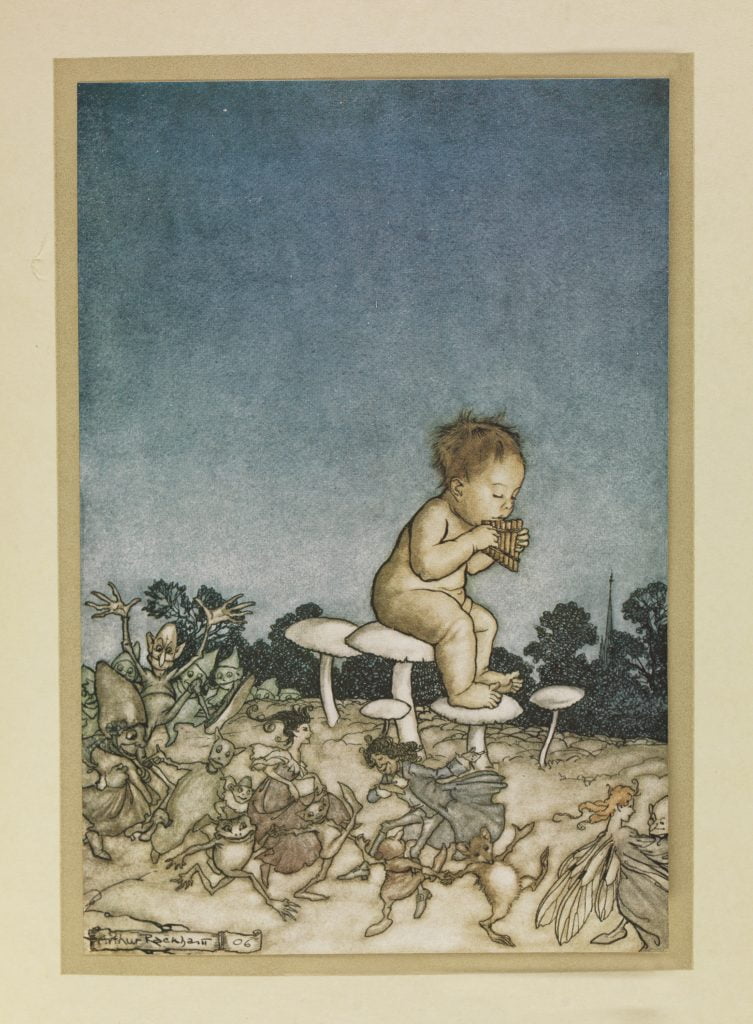
Objects on display are from the Israel Museum collection, other local institutions and private collectors, as well as from the Louvre in Paris, the National Archaeological Museum in Athens, and the Walt Disney Family Museum in San Francisco.
Peter Pan: From Ancient Greece To Neverland, The Israel Museum, Jerusalem
June 12 – December 11, 2019
Jewelry Making: Past and Present at The Museum of Islamic Art, Jerusalem
A new exhibit at The Museum of Islamic Art in Jerusalem explores “artistic and cultural dialogues between the three monotheistic religions prominent in Jerusalem – Islam, Judaism and Christianity.” Taken from the museum’s permanent collection, the exhibition is a rich and striking look at Islamic jewelry and artifacts that date back to the 7th century, as well as more modern interpretations from 45 Israeli artists and jewelers.
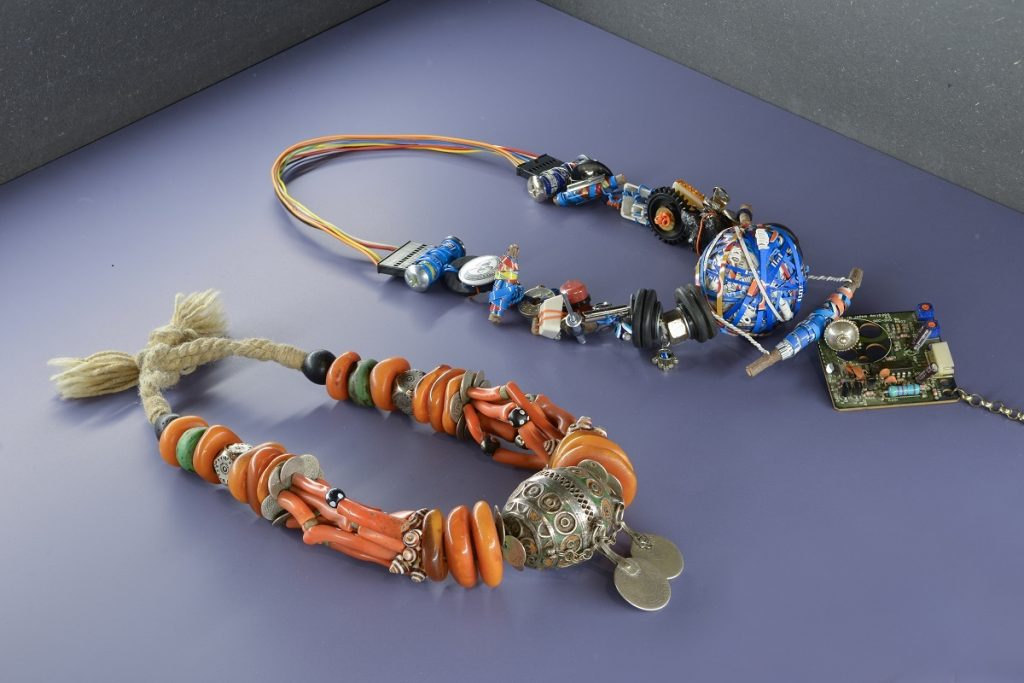
The exhibit “is a manifestation of the museum’s mission to act as a cultural bridge and create dialogue between the different religions present in Jerusalem. The exhibition takes this idea further by giving a contemporary outlook on issues and ideas that have been and continue to be, an integral part of religious and social life.” says Nadim Sheiban, director of The Museum for Islamic Art.
A collection of ecclesiastical metalwork from the Franciscan Order dating as far back as the 16th century is exhibited to the public for the first time in this new exhibit, as well as a selection of Jewish vessels and amulets from the Levant.
Sign up for our free weekly newsletter
SubscribeThere is also a spotlight on Yemenite goldsmithing as well as the jewelry of the late Israeli singer Ofra Haza.
Jewelry Making: Past and Present, The Museum of Islamic Art, May 30-November 16, 2019
The Lod Mosaic at The National Maritime Museum, Haifa
Israel’s largest and best-preserved mosaic has been a world traveler — to international locales like Paris, New York, and Chicago — and now it’s finally coming home.
The National Maritime Museum in Haifa is the first museum in Israel to display a piece of the Lod Mosaic for an extended period of time. The mosaic was accidentally discovered in 1996 during routine archaelogical excavations on Hahalutz Street in the town of Lod, with subsequent rescue excavations carried out by Miriam Avisar on behalf of the Israel Antiquities Authority (IAA).
The mosaic, which is about 180 square meters in size, once covered the floors of a large and affluent Roman villa, showcasing various panels with pictures of mammals, fish, and ships. It dates back to the late 3rd or early 4th century CE.

Though the mosaic was open to the public for two days in 1996, it was quickly covered up again with dirt for its preservation, as there was a lack of funds for conservation. Things changed in 2009 when a donation by the Leon Levy Foundation and Shelby White allowed the mosaic to be uncovered and prepared for display.
Since then, the unique archaeological work of art has gone on to be showcased to more than a million people around the world at museums like The Metropolitan Museum of Art in New York and the Hermitage Museum in St. Petersburg, Russia, before returning to Israel.
According to a Haifa Museum spokesperson, covering the six municipal museums around the city, the exhibition will include the only examples of polychrome sinopia ever found, the only examples of the footprints of the mosaic builders ever discovered, the first public display of fragments of the colorful frescos that once adorned the walls of the villa, and a model of the ship depicted in the mosaic, which was commissioned especially for the exhibit.
The Lod Mosaic, The National Maritime Museum, Haifa, April 12, 2017 – August 25, 2019
Touch Me by Sigal Miller at Abraham Hostel, Tel Aviv
Artist Sigal Miller’s Touch Me exhibition, which is currently being showcased at the Abraham Hostel in Tel Aviv, is a poignant look at cross-gender relationships and emotions displayed through large-scaled oil and charcoal paintings. The works, exhibited until June 29, come from Miller’s recognition of a need to provide artistic expression depicting different kinds of relationships and came just in time for Pride Month.
“As far as I’m concerned, any work that is the outcome of intentional focus on the exhibition, and from new sessions in photography with their accompanying paintings, like same-sex partners, must all be in that exhibition. Up until recently, I only painted relationships between a man and a woman, but my developing interest in painting same-sex couples moves me so much that I can’t imagine foregoing on any of those paintings being displayed,” she told the Jerusalem Post.
The exhibit, which Miller calls a “major milestone” in her life, is curated by Amit Ron, a director from the world of theater production.
Touch Me by Sigal Miller, Abraham Hostel Gallery, May 30 – June 29, 2019
Veiled Women of The Holyland at Israel Museum, Jerusalem
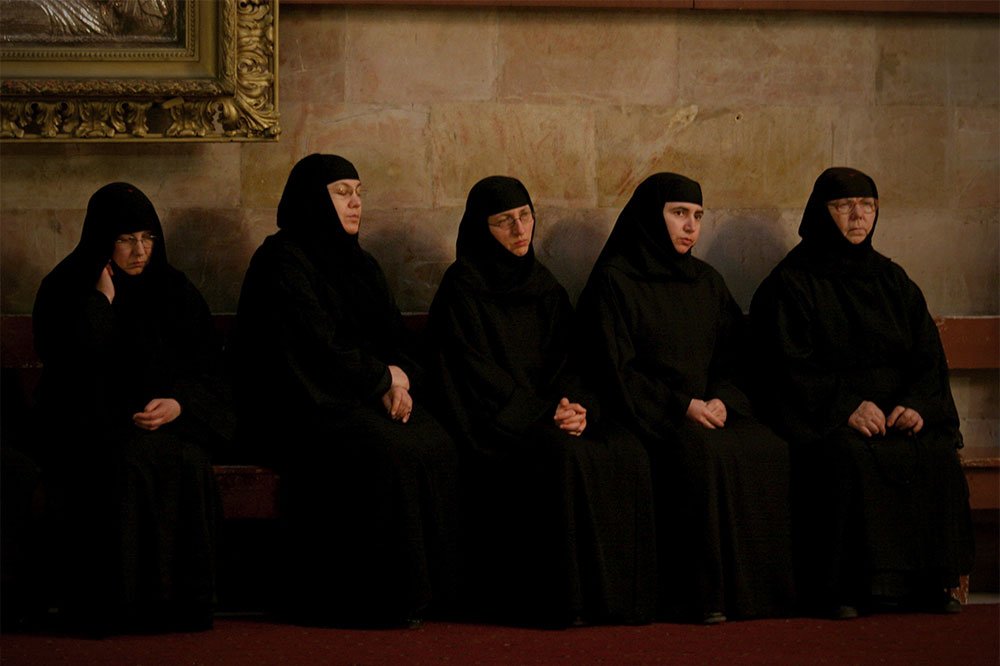
The Veiled Women of The Holy Land exhibit at the Israel Museum in Jerusalem presents 13 pieces of clothing from different groups, along with texts and photographs about the wardrobes.
There is also a video by art director Ari Teperberg, who offers an in-depth look at the lives of women who cover themselves by interviewing women from three different religions. The women talk about the rationale behind this practice and why they personally continue to do it.
Veiled Women of The Holy Land: New Trends in Modest Dress, Israel Museum, Jerusalem, April 16, 2019 – February 29, 2020
Related posts

Rehabilitation Nation: Israeli Innovation On Road To Healing

Israeli High-Tech Sector 'Still Good' Despite Year Of War





Facebook comments